SUMMARY
This is AI generated summarization, which may have errors. For context, always refer to the full article.
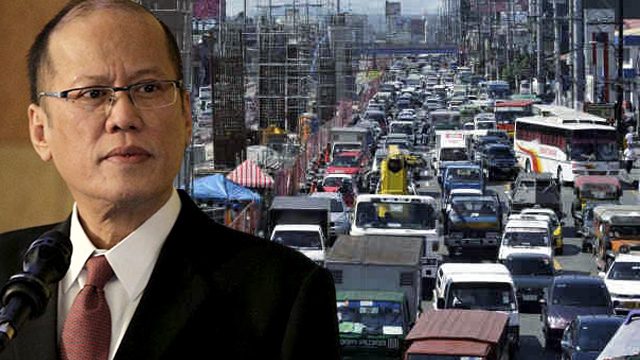
MANILA, Philippines – In early 2014, a video made the rounds of social media, showing what appeared to be a never-ending queue of passengers forming outside the North Avenue station of the Metro Rail Transit (MRT3).
The one-minute, 21-second video became just one of the many photographic and video evidence of the chaotic, sorry state of the Metro Manila train line, where breakdowns have become more of the norm rather than the exception.
On the street level, thousands of vehicles crawl bumper-to-bumper along the major thoroughfare EDSA, where rush hour traffic is almost round the clock. Commuters spill onto the streets to hail a passing bus home. And the gridlock and commuting experience gets even worse when it rains: as the streets become rivers, getting home before midnight becomes a feat.
The daily suffering of Filipino commuters is not lost on the administration of President Benigno Aquino III – not when it’s the subject of news articles and political attacks every day. But the public outrage over the administration’s failure to ease these urban woes is not only an attack on the lack of solutions that produce quick, tangible results, but an attack on the perception that the government is not taking these problems seriously. (READ: Taming Manila traffic: Hits and misses of 2015)
Critics have a lot of ammunition in this regard. Consider the many transportation-related controversies in recent months: the dilapidated condition of the MRT and the public transport system, metro traffic, and the long wait for new license plates and drivers’ licenses.
The transportation chief drew flak over a careless remark that traffic was “not fatal.” Even the aviation industry isn’t spared – the country’s premier airport may no longer be the world’s worst, but the series of bullet-planting incidents have tainted the airport’s image once more.
In its defense, the Aquino administration has consistently touted its efforts to solve these problems, such as the procurement of new trains for the MRT3. It has also pinned the blame on questionable political practices of the previous administration.
University of the Philippines (UP) professor Ma Sheilah Napalang, director of the National Center for Transportation Studies (NCTS), said that these urban issues have long been there, even before Aquino took over in 2010.
But the problem is that the Aquino administration has been too slow and too careful in addressing these concerns. As the problems snowballed, and the administration remained quiet on telling people what it’s doing, Filipinos have become too angry to appreciate the reforms that, to them, are too little, too late.
‘Vicious cycle’
The metro’s paralyzing traffic jams and public transportation breakdowns have become a fixture in public discourse in recent months, but the problem has been steadily worsening for quite some time.
In the case of the MRT, plans for the capacity expansion of the train line have already been discussed during the Arroyo administration. But the problem was that the procurement process, and the complicated legal issues of the MRT, lengthened the process. It was a matter of “timing,” Napalang said, that the MRT suffered more breakdowns during the Aquino administration.
Compounding the problem were road accidents on the street level that worsened congestion.
“It just so happened that it [MRT] was old, the procurement was very long, therefore the breakdown happened during his term…and if you remember, there were many accidents with buses. The public transportation sector has become less attractive to the people. So you have more motorists displaced because you have an inefficient public transport system,” she said.
“And so because of that, people now started to use their private transport. So it became a vicious cycle. Hindi inayos ‘yung public transportation, so ngayon, hindi na siya attractive alternative to private car use (Public transportation was not fixed, so now, it’s no longer an attractive alternative to private car use).”
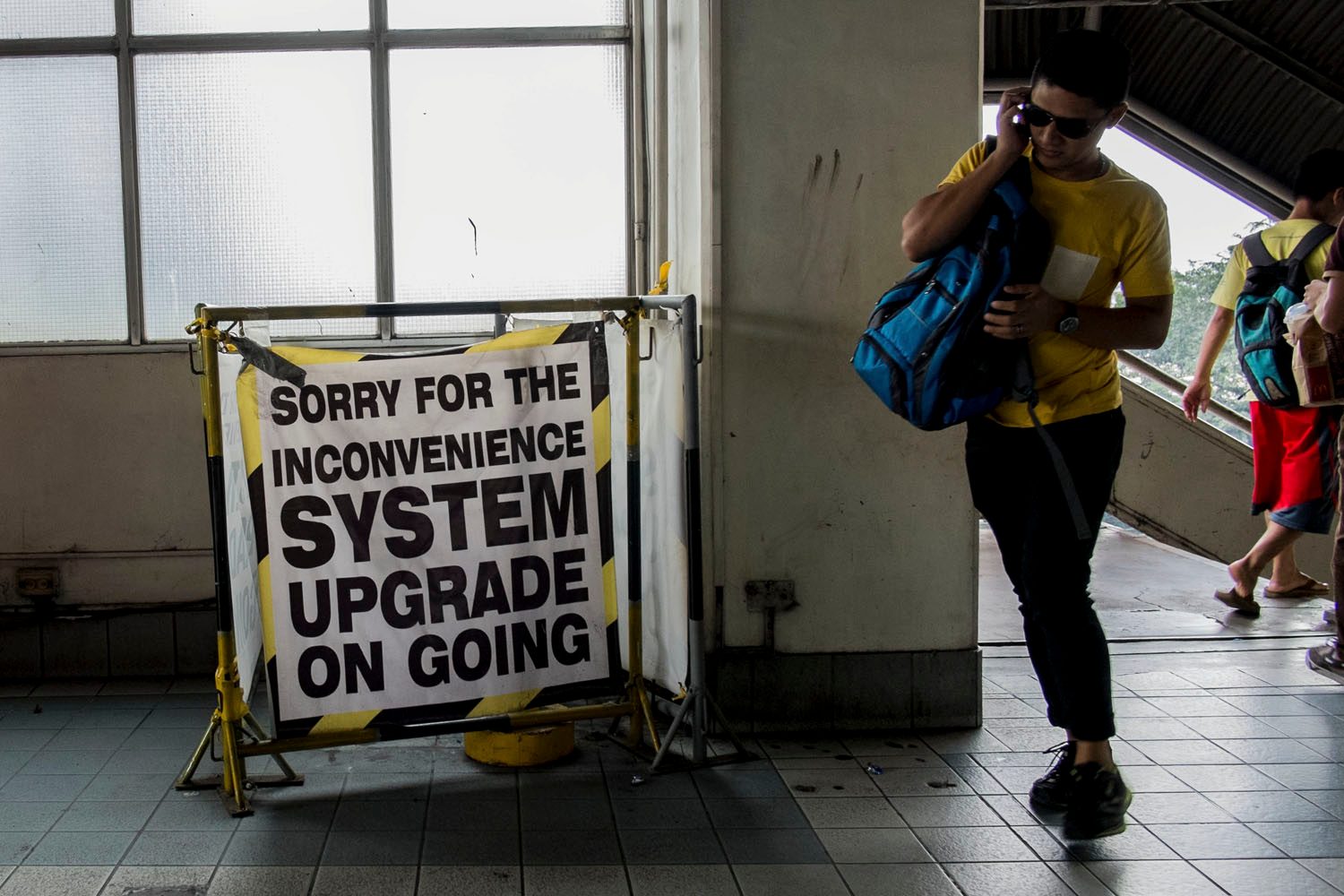
Blame game on the MRT
But who’s to blame for the sorry state of the MRT? It’s been a round of finger-pointing on this issue: while critics pin the blame on Aquino’s transportation chief Joseph Emilio Abaya, the President has blamed the previous Arroyo administration and the private contractor tasked to maintain the operations of the train line.
Even during his first State of the Nation Address in 2010, Aquino has pointed to political decisions under the Arroyo administration as the cause of the deteriorating state of the train line.
The President has maintained that his administration merely inherited the problems of the MRT3, and pointed to the intricacies of the contract between the government and the Metro Rail Transit Corporation (MRTC) as one of the reasons behind the lack of upgrades to the train line.
But critics and several transportation experts have countered Aquino’s claim, saying it’s the Department of Transportation and Communications (DOTC) that has to shoulder the responsibility.
They pointed out that the Aquino administration has had enough time to iron out the maintenance contract mess.
To this, Napalang agreed, pointing to the short-term maintenance contracts that the DOTC entered into for the MRT3.
“Ang mali naman ng Aquino administration, nagawa nila ang service provider pero sobrang intermittent ng maintenance, every 3 months kailangan i-renew. So ‘yung part, kanila na ‘yun, ‘yung di nila naisip na dapat mas mahaba yung kontrata para sana maaral ng nagme-maintain bago magre-contract,” she said.
(The mistake of the Aquino administration is that while they were able to get service providers, the maintenance contract is very intermittent, you have to renew every 3 months. So that part of the problem is theirs to shoulder. They didn’t consider that the contract should be longer so that the maintenance provider could study the problems before renewing the contract again.)
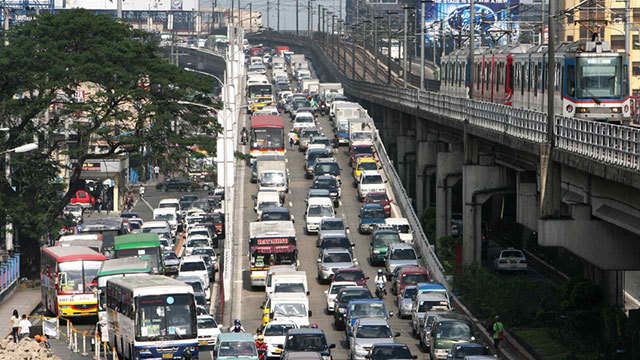
Analysis paralysis
What took the Aquino administration so long to fix traffic woes? It’s been an administration accused of analysis paralysis, too set on its distrust of the Arroyo administration that it wanted to question everything – even previously conducted studies that were ready for implementation for Aquino’s term.
In an earlier interview with Rappler, former NCTS director Jose Regin Regidor said that feasibility studies on various transportation-related projects have already been conducted under Arroyo’s term, but these projects – such as the bus rapid transit (BRT) system – have only just recently begun to take off.
“There have been studies already. If you restudy, you waste time. These were projects prepared by the past administration for implementation. Kaso sa atin, iba pulitika,” Regidor said.
“Key ‘yung continuity. Ang nangyayari sa atin, ‘pag diskumpiyado ka sa past administration, review mode ka. Ang tanong, gaano katagal ang review mode? At sino magre-review? (The key is continuity. What happens here is that if you’re not confident in the past administration, you’ll be in review mode. The question is, how long will that take? And who will do the review?)” he added.
He cited the LRT2 extension to Masinag and the LRT1 extension to Cavite, which he described as “low-hanging fruits” that the current administration could have immediately started upon assuming power in 2010.
“But it took them a long time before finally rolling out these projects,” he said.
While solving traffic means having to invest in big-ticket infrastructure projects that will definitely take time, critics have slammed the Aquino administration for failing to solve something as simple as producing license plates out of metal sheets and printing drivers’ license cards – a process that has taken months, to the ire of many motorists still waiting for their license plates to this day.
For her part, Napalang said the Aquino administration seemed to have been too careful and too unwilling to take risks, at the cost of slowing down much-needed transport initiatives.
“During the Aquino administration they were very careful, because part of Daang Matuwid was really to rid the system of corruption. So having said that, they were truly careful. The procurement process was centralized, because the intent was to make sure that there were no shortcuts,” she said.
Napalang cited the case of the BRT systems planned for the Philippines. It was only in December 2015 that the BRT line in Manila was approved by the National Economic and Development Authority board because the government needed proof that the concept would work.
“[It’s] analysis paralysis, but not only that. Proof is needed before the government acts, because they’re always worrying that maybe this will speak of corruption. Always that worry. So it’s unfortunate that the public transport system is already breaking down and we have a very careful government,” she said in Filipino.
‘Insensitive government’
The incessant reports on the traffic chaos have forced Malacañang to step up its efforts, appointing highway police to man traffic chokepoints and publicizing plans to procure more trains for the MRT3.
But these solutions seem to have been lost on the public, as more controversial statements of the administration have become the more memorable soundbites of a government that seemed to shrug off traffic woes as the price to pay for the much-touted economic boom.
In 2013, Aquino said the traffic gridlock along EDSA was a better problem than a struggling economy.
“Maganda na siguro ang problema na binabanggit na matrapik sa EDSA, tama po ‘yan, dahil marami ang nasa kalsada, buhay na buhay ang ating ekonomiya kaysa naman walang trapik sa EDSA dahil wala nang makabili ng gasolina na patakbuhin ang kanyang sasakyan,” he said during a visit to Cebu.
(It’s probably a better problem to have traffic along EDSA, that’s right, because we have many roads, our economy is very lively, rather than have no traffic there because no one can afford to buy gasoline to run their cars.)
The same sentiment was adopted by his chosen successor to the presidency, former interior chief Manuel Roxas II, who said in an August 2015 speech that traffic was a “high-class problem” that reflects economic activity and prosperity.
“This is a problem in a sense that arises from prosperity. Because there is money. Because there is economic activity,” he said.
That the economy grew, there was no question. But critics said this should not be used as a flippant excuse to dismiss commuters’ valid frustrations about the hours of productivity they lose each day on the road.
Adding to these remarks was the comment of the transportation chief himself, who said that traffic was “not fatal.” Abaya later apologized for what he admitted was a “reckless and insensitive” statement.
Critics have used these statements as ammunition. In his parting shot to the administration just before he resigned from the Cabinet, Vice President Jejomar Binay slammed the government, calling it an “insensitive” and a “failure” of a government.
While Napalang believes that the government is making efforts to address these problems, they have been remiss in watching their words in public.
“It doesn’t help that your head of office, the secretary of the DOTC, say that traffic is not fatal. So he was never a champion of the people. People saw him as somebody who did not have the best interests of the commuter at heart, because if he can say something like that, that must mean you don’t understand the worries of those people,” she said.
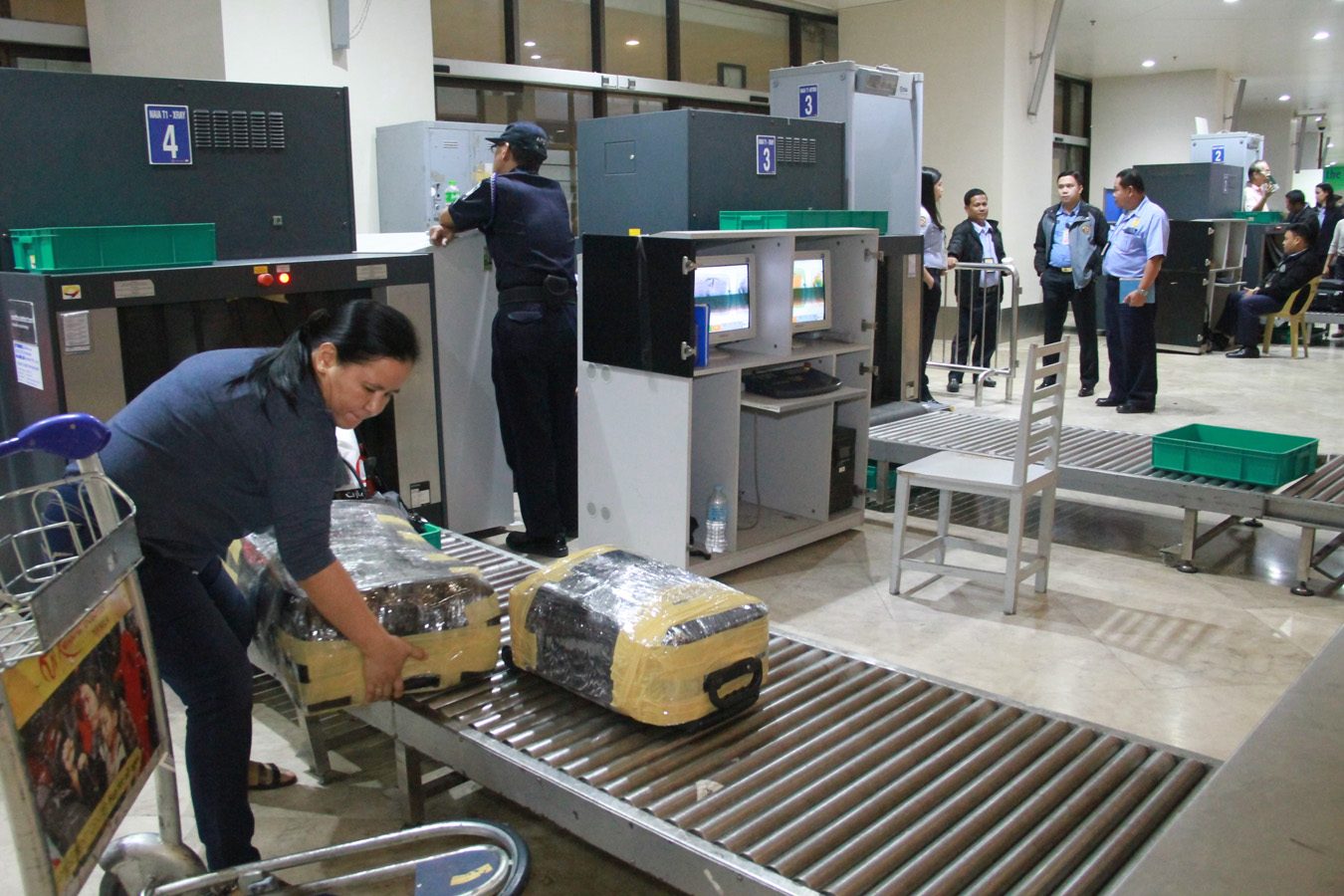
Loyalty factor
Complaints over poor administration have extended to aviation, particularly at the Ninoy Aquino International Airport (NAIA). In September last year, the alleged laglag-bala or bullet planting scam made headlines, after passengers departing NAIA complained about airport authorities allegedly dropping bullets into their luggage in an attempt to extort money from them.
The series of incidents, which gained widespread notoriety and international media attention, forced passengers to take extra precaution by wrapping their luggage in plastic and refusing the assistance of airport porters.
The government responded with its standard line – that it would investigate the issue and hold those responsible accountable.
The frequent transportation controversies have often resulted in a call for Abaya’s replacement, echoed by politicians.
Despite this, Aquino has not sacked the transportation chief, who has said in previous interviews that he served at the pleasure of the President.
Some saw this more as a political move, as Abaya is the acting president of the President’s party, the ruling Liberal Party.
But Aquino said in a Rappler exit interview on June 7 that he has kept Abaya because he is not corrupt, had training in related fields, and had chaired the House appropriations committee. He also said that he had sacked friends in public service when they didn’t meet expectations.
“Friendship stops when the country’s interest is at stake,” the President responded, when asked about criticism that among his weaknesses as a leader is his loyalty to his friends.
Similar calls have been made for the general manager of the Manila International Airport Authority (MIAA, Jose Angel Honrado. The MIAA chief is related to Aquino; Honrado’s mother is the second cousin of the President’s father.
At the height of the bullet-planting incidents, Honrado brushed off calls for his resignation, saying it was not the solution.
“What will happen if there’s an issue in the government and you ask for the head of the agency? So you’re going to have a turn-around time of every 3 months? All you need is one issue and that’s it?” he said in an interview on ANC’s Headstart.
Critics have slammed Aquino’s ties to these officials, pointing to these as the reason why he has not yet fired them. For Napalang, there’s a “loyalty factor” to the equation.
“Dahil loyal ka, di mo makikita na may mali na (Because you’re loyal, you don’t see that there’s already something wrong),” she said.
The problem: How to respond
With weeks left before Aquino steps down, the President is leaving behind urban woes that the metro’s residents still feel are largely unresolved. But this doesn’t mean that the Aquino administration has done nothing.
Napalang points to the public-private partnership deals awarded and signed under the Aquino administration. As of January 2016, 12 projects costing an estimated $4.831 billion have been awarded and signed since 2010, when Aquino assumed the presidency.
These include the NAIA Expressway, Daang Hari-SLEX Link Road, the Integrated Transport System – Southwest Terminal, among others. Contrast this to the lone PPP project under his predecessor: the Tarlac-La Union Toll Expressway Project.
But all these talk of projects do not seem to have as much effect on the ordinary commuter, not when he encounters the same horrible traffic conditions every day and flippant statements of those in charge.
“Dapat in-acknowledge na lang sana nila na may problema, pero ito, ginagawa na natin. Kulang sa social marketing,” Napalang said.
(They should have acknowledged that there’s a problem, but we’re doing something about it. There’s a lack of social marketing.)
“People need to know that this is what’s going to happen soon. For instance, if you have a road construction, what happens is it becomes really congested. People mumble, people complain. [Dapat] gumawa ng advertisement na sorry sa abala, pero ito ‘yung mangyayari. (There should be an advertisement saying, sorry for the inconvenience, but this is what’s going to happen.) So you give people a sense of what’s going to happen in the future,” she added.
With the widespread flak over their communications strategy, why did Malacañang not change tack? Napalang said it’s difficult to speculate, but noted that this administration might have been hesitant not to come off as “epal” or a credit-grabber.
“They try not to blow their own horn….So it seemed that they followed that, but because of that they failed to communicate that they have been doing something,” she said in Filipino.
Words vs action
In the June 7 Rappler interview, the President himself admitted that there could have been better communication of how the government is attending to these problems. (WATCH: Rappler Talk: President Aquino’s legacy and reflections on leadership)
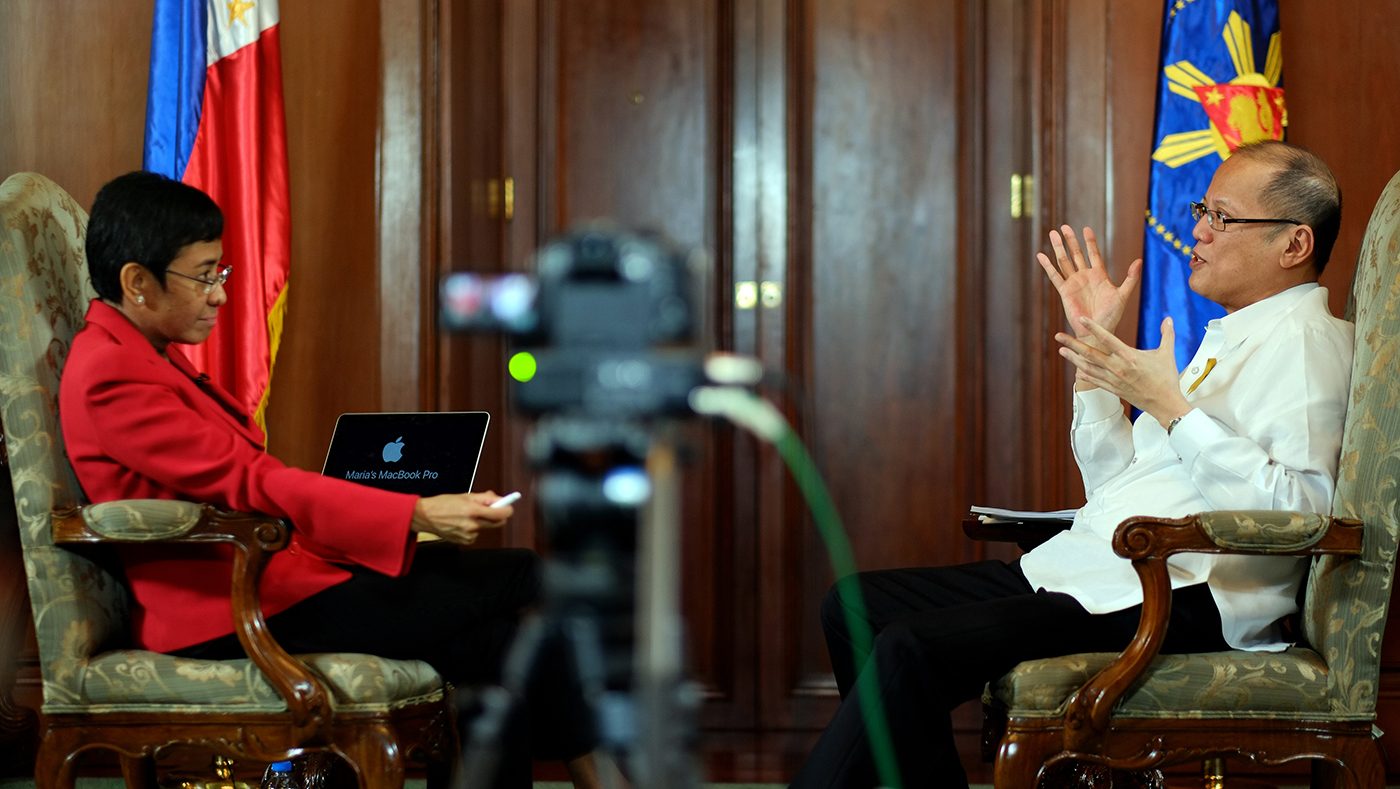
“Perhaps we could have done better in saying, ‘These are the hindrances to it, this is what we want to achieve, these are the obstacles that have to be met, these are the resources we have, these are the things that can expected at this time,'” he told Rappler CEO Maria Ressa.
But then again, he added: “In a sense, I really wonder whether that is our function – 50% explaining everything and 50% doing. What you take time in terms of the explaining portion is lost in the doing portion. Would we have served our people better by attending to propaganda than doing the governance?”
The outgoing president said the primary goal of his administration is to do as much work as it can in a limited period.
Asked whether he would have done things differently, or spend more time explaining to the public, the outgoing president said: “No. If I had a choice, one or the other, I would choose to do that which is needed by our people.”
No excuse for slow action
Napalang does not exonerate the administration for being slow on acting on the problems. If the government had acted quickly and communicated it correctly, the public perception would have been different.
“Una, dapat binilisan nila galaw. Sana kung nakita ng mga tao na nagtatrabaho sila, mas madaling tanggapin ng mga tao. Kasi they really took their time in solving this, may part na nagblame pa. Nagwaste na tayo ng time na ‘yun, di na natin diniretso na anong problema, paano natin i-solve,” she said.
(First, they should have acted quickly. If the people had seen them working, [these problems] would have been easier to accept. Because they really took their time in solving this, and there’s a time when they were blaming others. We wasted time there, we didn’t go straight to the problem and plan how to solve it.)
But the problem now, Napalang said, is that people have become so angry that any additional reforms would not get the Aquino administration any credit.
“Kahit naman anong gawin mo, mali pa rin sa tingin ng tao. Pero di sana ganoon kalala ang perception din kung careful natin sinabi. Kung ako secretary ng DOTC, sasabihin ko na, nakikita namin ang paghihirap ninyo araw-araw. Tapos you will show that you’ve procured [equipment]. Information is always powerful,” she said.
(Whatever you do now, it will still be wrong in people’s eyes. But this perception wouldn’t have been this bad if they were careful with what they said. If I were DOTC secretary, I’d say, we see your daily suffering. Then we will show that we procured the equipment. Information is always powerful.)
“When people don’t understand what’s happening, it’s fear that propels anger. So because they don’t know what’s happening, and their experience is terrible everyday, they become angry,” she added.
But it seems that at this point, it has become a lose-lose situation. Do nothing, and the government gets flak; do something, like ride the MRT – which Abaya previously did – then the official gets accused of trying to score political points.
Napalang acknowledges this, and said it could have better worked at the start of Aquino’s term, when his popularity levels were still high. Now, when public anger has grown, any moves won’t be appreciated, and explanations like how the procurement process takes time won’t be a sufficient response to commuters’ woes.
It’s a shame, Napalang added, because the DOTC employees, many of them young ones, do take their work seriously and understand the difficulties of commuters.
“I’ve seen these people, they work really hard, to the extent that they get sick on the job because they want to finish the job. And these are young people who should have a social life at least, but they don’t, because they believe it’s for the best of Filipinos,” she said.
Even with all the bungles in communication, Napalang said the Aquino administration will still leave behind a legacy that focused on improving public transportation.
She cited the ongoing work on the BRT, the capacity expansion of the MRT3, and various road projects that all aimed to improve public transport.
But this government has also left behind urban woes with citizens who have become too angry and impatient with slow solutions. As Aquino bows out after a 6-year term, it’s now up to the next president to solve these problems, and avoid the pitfalls and controversies that have hounded his predecessor. – Rappler.com
Add a comment
How does this make you feel?
There are no comments yet. Add your comment to start the conversation.